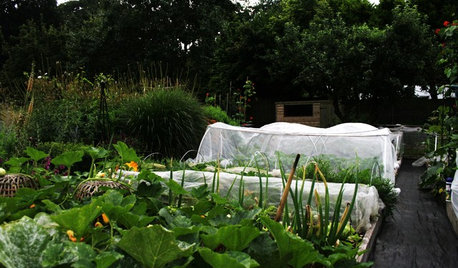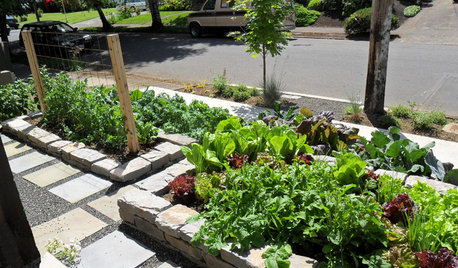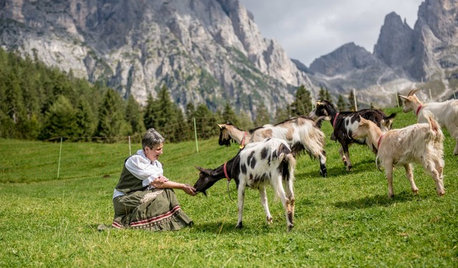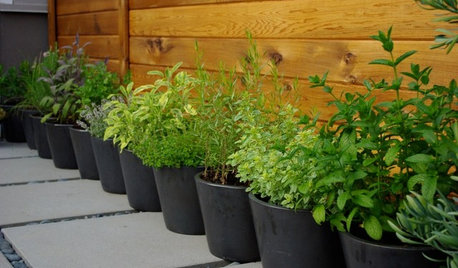food plots
water_daddy
21 years ago
Related Stories

EDIBLE GARDENSFood and Community Thrive in a U.K. Allotment Garden
Get a peek at a rented garden plot in England where edibles and flowers mix and local residents can mingle
Full Story
LIFERetirement Reinvention: Boomers Plot Their Next Big Move
Choosing a place to settle in for the golden years? You're not alone. Where boomers are going and what it might look like
Full Story
FARM YOUR YARD6 Things to Know Before You Start Growing Your Own Food
It takes time and practice, but growing edibles in the suburbs or city is possible with smart prep and patience
Full Story
FARM YOUR YARDHello, Honey: Beekeeping Anywhere for Fun, Food and Good Deeds
We need pollinators, and they increasingly need us too. Here, why and how to be a bee friend
Full Story
FRONT YARD IDEASWelcome Edibles Into the Front Yard for Fresh Food and More
Give your front yard design a boost and maybe even make new friends by growing fruits and vegetables
Full Story
SPRING GARDENINGHow to Grow a Rose Garden in Pots
Everything can come up roses, even without a plot of soil in sight. This step-by-step guide to growing roses in containers shows you how
Full Story
COLORThe Stories Colors Tell
A purple fit for a king, the blue of a faraway sea ... learn about the meanings of colors to help your rooms follow the right plot
Full Story
FARM YOUR YARD10 Easy Edibles to Grow in Containers
These herbs, vegetables and fruits are just as happy in a pot as they are in the ground
Full Story
FARMHOUSESWorld of Design: See How 9 Families Live and Farm on Their Land
Join us as we visit the homes and farms of passionate food producers and hear about rural life around the globe
Full Story
GARDENING GUIDES6 Ways to Grow Edibles in Small Places
No big backyard? Join in the grow-your-own fun with these small-space ideas for planting vegetables, fruits and herbs
Full StorySponsored
More Discussions






pennsylvania_pete
newyorkrita
Related Professionals
Clark Landscape Architects & Landscape Designers · Arlington Landscape Contractors · East Patchogue Landscape Contractors · Emmaus Landscape Contractors · Gallatin Landscape Contractors · Lake Worth Landscape Contractors · Shaker Heights Landscape Contractors · Siloam Springs Landscape Contractors · Wareham Landscape Contractors · Whitehall Landscape Contractors · Lake Forest Driveway Installation & Maintenance · Buena Park Swimming Pool Builders · Sacramento Swimming Pool Builders · West Chester Swimming Pool Builders · Willoughby Swimming Pool Buildersloris
water_daddyOriginal Author
Janis_G
water_daddyOriginal Author
loris
lucky_p
newyorkrita
Lotta_Fruit
lucky_p
newyorkrita
newyorkrita
bonnan_bui
sowngrow (8a)
newyorkrita
newyorkrita
water_daddyOriginal Author
newyorkrita
water_daddyOriginal Author
newyorkrita
newyorkrita
newyorkrita
newyorkrita
water_daddyOriginal Author
newyorkrita
vonyon
newyorkrita
newyorkrita
water_daddyOriginal Author
kyme
water_daddyOriginal Author
newyorkrita
newyorkrita
Yolanda71361
newyorkrita
Rosa
newyorkrita